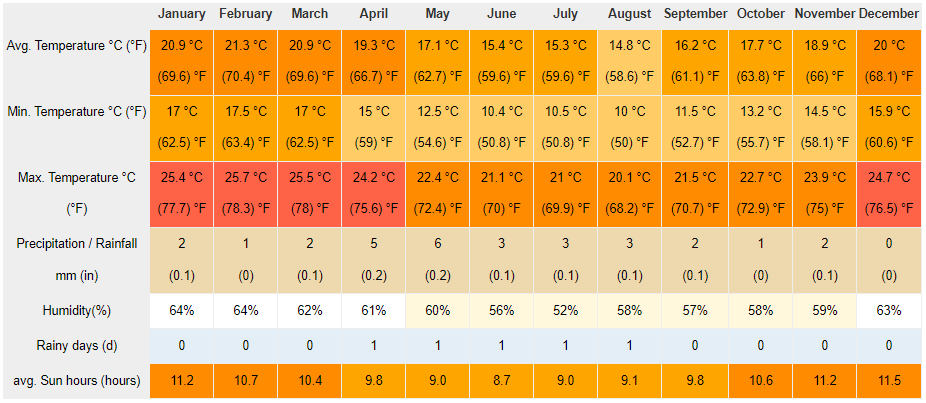Many Horned Adder (Bitis cornuta) Captive care
Many Horned Adders are a hardy species, usually thriving in captivity despite never really calming down. They are an active snake, often seen exploring their enclosure, and enjoy basking under a heat lamp during the day.
Since this species occurs over varied habitat the enclosure you provide should be influenced by the locality of the snake. Coastal specimens prefer a sandy substrate with higher humidity levels and lower temperatures, also preferring to take refuge in a small bush rather than under a rock, whereas those found inland prefer a drier, rockier habitat, and so prefer a stoney substrate with boulders and rock slabs.
These snakes love to climb so be sure to provide them with opportunity to do so. They will also drink from a waterbowl so one should be provided.
Bitis cornuta usually mate in winter with females giving birth to 12-15 babies in late Spring or early summer, although some keepers report mating in Spring and birth in late summer. A drop in temps over winter will encourage mating but there is no need to cool them below 15° C.
Babies are born fairly large (up to145mm) and with simple teasing willingly feed on FT pinky mice from the start. They also enjoy drinking off their body so be sure to mist them in a container once a week.
NOTE: Regions such as Luderitz, Namibia, enjoy lower daytime temperatures than other areas further inland. Humidity levels are also higher here so captive conditions should cater for both. If kept too dry animals from these areas may develop respiratory problems so be sure to mist these enclosures.
Please note: This information serves only as a suggestion and is based on input from various experienced keepers. It is important that you gather as much info from various sources before deciding how best to care for your snake. Be sure to check with your local authorities what permits may be required in your area.







